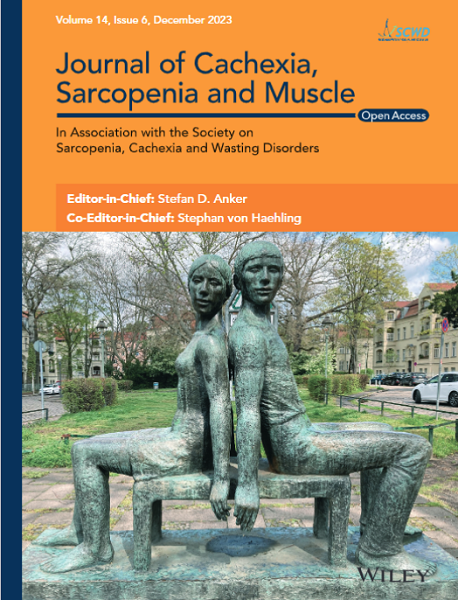Sedentary behaviour and physical inactivity are independent risk factors for sarcopenia for long-term care facility residents. Understanding the components, mechanisms and context of interventions that target change in these risk factors can help optimize sarcopenia management approaches. This study aimed to identify, appraise and synthesize the interventions targeting sedentary behaviour and physical inactivity, construct a Theory of Change logic model, inform complex sarcopenia intervention development and identify areas for improvement.
Eight electronic databases, including Embase and Web of Science, were searched for eligible interventional studies from inception until February 2024. Narrative synthesis was used. The Theory of Change was applied to develop a logic model presenting the synthesized results. A Cochrane risk of bias assessment tool was used for quality appraisal.
The study included 21 articles involving 1014 participants, with mean ages ranging from 72.5 to 90.4 years. The proportion of female participants ranged from 8.0% to 100.0%. The applied sarcopenia diagnosis criteria varied, including those of the Asian Working Group for Sarcopenia and the European Working Group on Sarcopenia in Older People. The overall risk of bias in the included studies was moderate. Interventions primarily targeted physical inactivity, with resistance training being the most common intervention type. The reporting of intervention adherence was insufficient (only 11 out of 21 included studies provided adherence reports), and adherence overall and by intervention type was not possible to discern due to inconsistent criteria for high adherence across these studies. Four categories of intervention input were identified: educational resources; exercise equipment and accessories; monitoring and tailoring tools; and motivational strategies. Intervention activities fell into five categories: determining the intervention plan; educating; tailoring; organizing, supervising, assisting and motivating; and monitoring. While sarcopenia-related indicators were commonly used as desired outcomes, intermediate outcomes (i.e., sedentary time and physical activity level) and other long-term outcomes (i.e., economic outcomes) were less considered. Contextual factors affecting intervention use included participant characteristics (i.e., medical condition and education level) and intervention provider characteristics (i.e., trustworthiness).
The findings led to the development of a novel logic model detailing essential components for interventions aimed at managing sarcopenia in long-term care facilities, with a focus on addressing sedentary behaviour and physical inactivity. Future sarcopenia interventions in long-term care facilities should fully attend to sedentary behaviour, enhance adherence to interventions through improved education, monitoring, tailoring and motivation and establish an agreed standard set of outcome measures.



